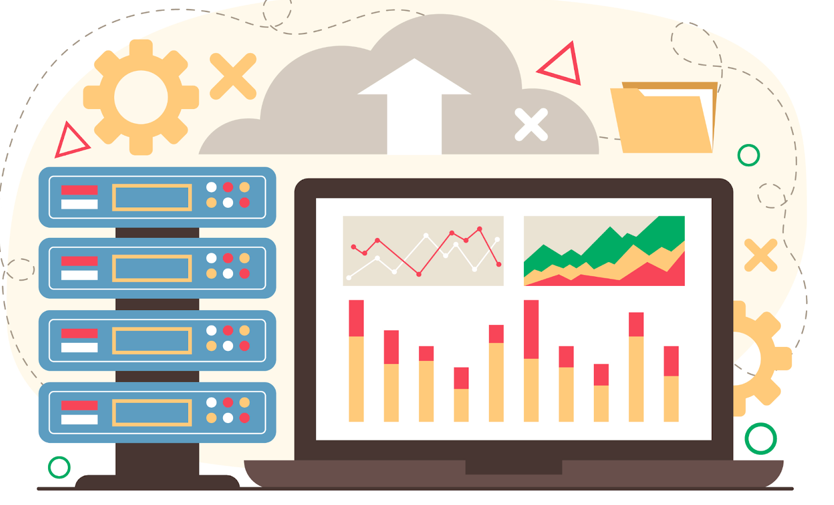The Internet provides unlimited opportunities for data collection. Therefore, companies from various industries strive to optimize their receipt and processing in order to obtain additional opportunities for business growth. Successful data manipulation will allow you to extract the most important conclusions and accelerate analytics, which will positively affect the overall workflow in the company.
However, to get more benefits, you need to have a clear testing strategy that will contribute to improved efficiency and effectiveness. And the first thing to check is the performance of data processing.
In this article, we will define what its testing involves, what aspects and points you should consider, and what process you will encounter.
What Big Data Performance Testing Is
Let’s start by saying that Big Data is not just a buzzword that is rapidly spreading. It is a huge amount of information that requires a special approach to its organization and storage.
Big data testing is a broad field, while big data performance testing is one of its important parts. It focuses on assessing the speed, scalability, and efficiency of software functioning under various loads. Its main goal is to determine how quickly a program can process data and how optimally it uses available resources.
When assessing data processing performance, you should focus on the following:
- Load capacity or the ability to perform its functions.
- Scalability according to new needs or requirements.
- The way and cost of using available resources.
- The time it takes to complete each task.
- The recovery period required after a possible failure.
- Parallel operation when using the software by multiple people at the same time.
Each of the indicators provides a broader picture of the operation’s success and helps to draw an overall conclusion by analyzing the smallest fragments.
4 Key Points You Should Focus On
Big data processing is a complex system that requires a thoughtful and step-by-step approach. You are unlikely to achieve results by analyzing the overall process at once. To facilitate the task, you should divide the testing into basic stages and evaluate each of the performance metrics separately, gradually combining them into a single whole.
The big data cycle consists of 4 parts. Here are each of them in detail so that you can understand where to start and what to pay attention to.
Data Acquisition
In the first stage, the system absorbs and enters the incoming data. Therefore, you should focus on its timely routing and recording to its destination. Take into account the speed of the processes. Information acquisition should be faster than data collection so as not to delay the following stages.
Data Processing
After the data has been loaded, it must be collated and sorted. The approach to the stage may vary. It depends on the data structure, the chosen strategy, the overall methodology, and the business needs. Regardless of whether the data is processed in batches or in parts, the process should be reliable and adaptive.
Data Storage
At this stage, you should spend time structuring and archiving the data. You have many TOP options for implementation. However, your focus should be on consistency and flexibility. In most cases, you will have to form a multi-tiered system that will differ depending on how often and quickly you want to receive the data you need.
Reporting
The final stage involves extracting analytics from the processed data using various methods. You should focus on the correctness of the algorithms to obtain information that will be useful for your further development.
Testing Process
Performance testing, similar to other specific industries, requires the implementation of clear steps and settings to follow. Here are the basic stages that you will need to go through:
- Set up the environment. Configure the hardware, software, and network. In other words, fully prepare for the upcoming testing.
- Design the future workload. Determine realistic workloads, processing patterns, and user behavior. Try to make the process simulate real-world events as closely as possible.
- Run tests. You should execute the prepared test cases and monitor how quickly and correctly the system responds.
- Analyze the results and optimize the metrics. Identify and document the problems you encounter and take steps to fix them.
When testing big data performance, you should focus on how quickly information is received and moved, and how quickly the system processes requests and provides data from the repository. Analysis of the primary indicators listed above is crucial for the smooth operation of the system in various conditions. It, in turn, is the key to business success, productivity, and profitability.

